An expansive swathe of history, The Woodlands is a majestic estate that is as overawing as it is rousing.
Once home to famous Philadelphia lawyer Andrew Hamilton, The Woodlands on 40th Street and Woodland Avenue has transformed over the centuries from a 250-acre tract to a 53-acre manor featuring neoclassical architecture and lush greenery. And now the famous grounds, which made the National Historic Landmark District registry in 2006, is the inspiration of Elizabeth Gilbert’s new novel, The Signature of All Things (Viking), released last month.
Set in Philadelphia, The Signature of All Things is a tale of botanical history set over 120 years (from 1760 to 1880), with the main character family, the Whittakers, living at White Acre—the fictional manifestation of The Woodlands. According to her blog post on The Woodlands’ website, Gilbert—the novelist behind the wildly successful memoir-cum-movie Eat, Pray, Love—was inspired by the grandeur of The Woodlands, with particular focus on the carriage house and basement, which became a private botanical study and bedroom of the head housekeeper, respectively, in Gilbert’s first novel in 13 years. “So much of The Woodlands ended up in my novel—providing me with marvelous details which, I believe, help the book spring to life,” she writes.
“The Woodlands has now become so intrinsically entwined in my mind with White Acre that I can scarcely tell the two apart. I’ve been so grateful, as well, to the welcome that the curators of this great American treasure have given me — to the grounds, to the rooms, to the history,” she continues. “My hope is that my imagined story will draw very real readers to this very real place, so that The Woodlands will continue to get the appreciation it so richly deserves!”
Originally purchased by Andrew Hamilton in 1735, The Woodlands didn’t become the grand parkland it now is until 1786—20 years after Andrew’s grandson William inherited the grounds. That year, he built The Woodlands mansion with matching carriage house and stable, and “reshaped [it] to reflect contemporary English picturesque landscape and horticultural ideals.” Nestled on the Schuylkill River’s west bank, The Woodlands now features an elaborate Victorian rural cemetery, created in 1840, that is the resting place of over 30,000 people.
The Woodlands is open to the public from dawn to dusk. Pick up Gilbert’s novel, The Signature of All Things, in bookstores or online.
–Annamarya Scaccia

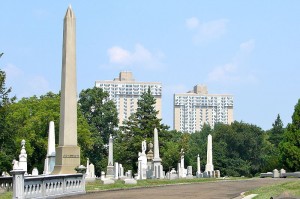

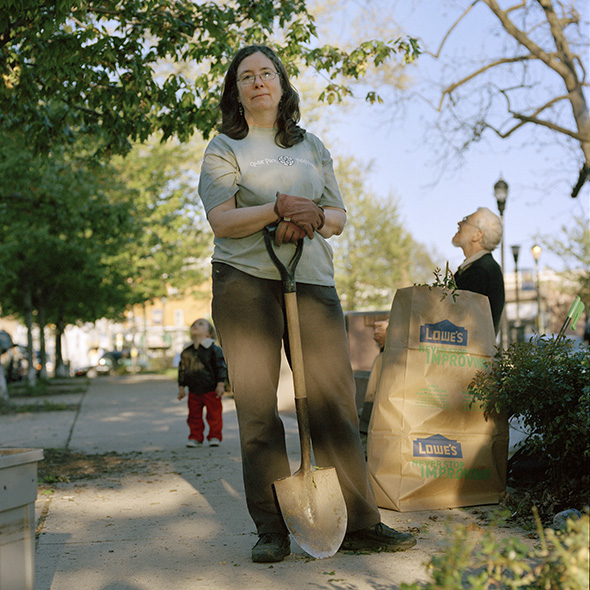
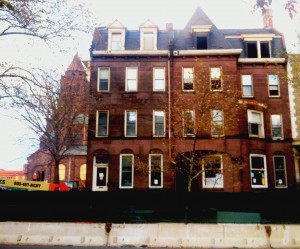
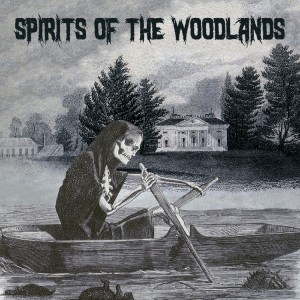
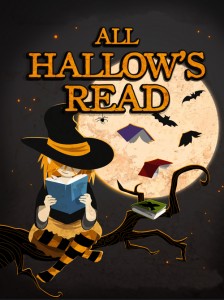
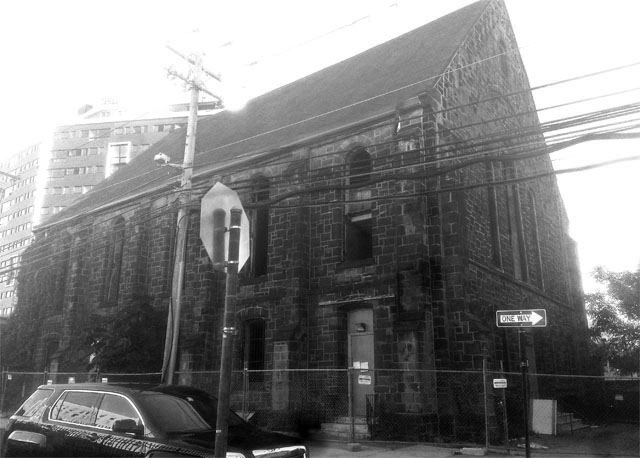
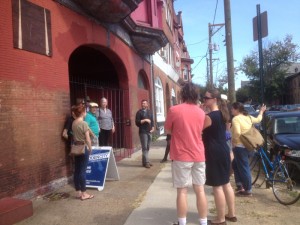
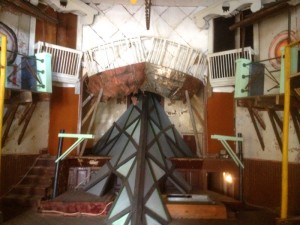
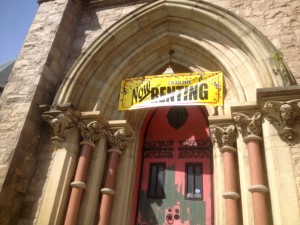



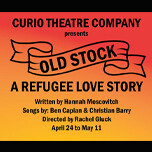

Recent Comments